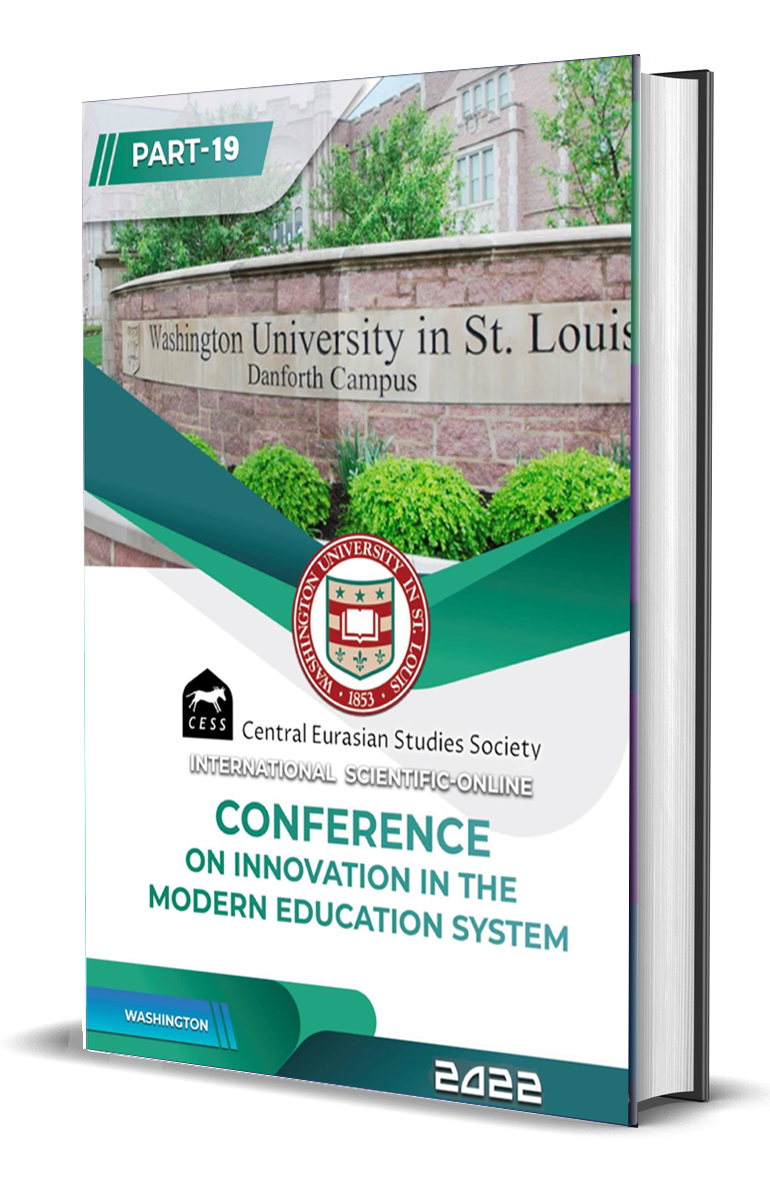LEARNERS’ COMMUNICATIVE COMPETENCE IN ENGLISH AS A FOREIGN LANGUAGE (EFL)
Keywords:
Communicative competence, computer mediated communication (CMC), authentic and interactive learning tasks.Abstract
Moving from the 'focus on form' teaching approach such as grammar translation. Recently more language teachers have noticed the failure of form focusing approach in developing learners' communicative ability in real-life situations and shifted to adopt the communicative language teaching (CLT). The CLT approach highlights learners' communicative competence (Hymes, 1972) which is defined as learners' ability to efficiently express what they mean in the target language and successfully achieve communications in real-life situations (Lightbown and Spada, 1999; Power, 2003). The purpose of this paper is to suggest that the integration of computer-mediated communication (CMC) into English as a foreign language EFL learning can increase both input (exposure) and output (use) of the target language that is needed for learners to promote both their linguistic and pragmatic competence.
References
Canale, M., & Swain, M. (1980). Theoretical bases of communicative approaches to second language teaching and testing.
Applied linguistics Chomsky, N. (1965). Aspects of the theory of syntax. Hymes, D. (1979). On communicative competence. The communicative approach to language teaching Jordà, M. P. S. (2005).
Third language learners: Pragmatic production and awareness (Vol. 12). Multilingual Matters.
Krashen, S. D., & Terrell, T. D. (1983). The natural approach: Language acquisition in the classroom.
Oxford, R. (1990). Language learning strategies: What every teacher should know. New York: Newbury House.
Savignon, S. J. (1972). Communicative competence: An experiment in foreign-language teaching (Vol. 12). Marcel Didier.
Savignon, S. J. (1983). Communicative competence. John Wiley & Sons, Inc.. Widdowson, H. G. (1978). Teaching language as communication. Oxford University Press.





